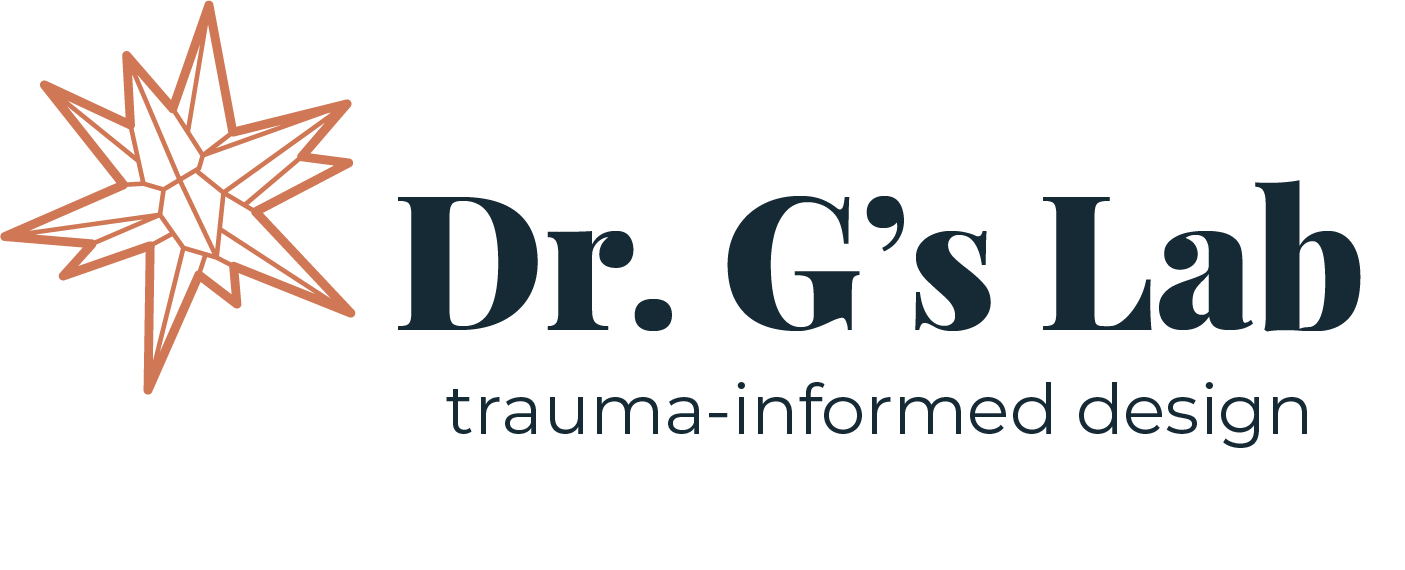How to Build a UX Portfolio Without Industry Experience
Breaking into UX design can feel daunting, especially when you're just starting out and don't yet have professional projects under your belt.
The common challenge for new UXers is figuring out how to build a portfolio that stands out without having any "real" experience.
But here’s the thing: you don’t need paid projects to build an impressive portfolio. In fact, there are plenty of creative ways to showcase your UX skills and methodology, even if you’ve never worked in the industry.
Here’s how you can build a UX portfolio from scratch:
1. Start With Passion Projects
You don’t need a company to assign you a problem to solve—you can create your own! Passion projects are an excellent way to show your UX process, creativity, and problem-solving skills. Choose a product, app, or website you love and redesign it to solve a specific problem or improve the user experience. Focus on the full UX process, from user research to wireframing, prototyping, and testing, and document every stage.
Example: Is there an app you use every day that frustrates you? Redesign it. Take screenshots, identify pain points, and walk through your design process to solve those issues. Share how you conducted user interviews (even if it’s just with friends), what insights you gained, and how you iterated on your designs.
2. Turn Academic Projects Into Case Studies
If you’ve taken UX courses or gone through bootcamps, chances are you’ve worked on projects. These are valuable opportunities to showcase your skills. The key is to package your academic work as professional case studies. Highlight the problem you were solving, your research, design process, and the outcome. Focus on the skills you used rather than the fact that it was done in an academic setting.
Tip: Structure your case study like you would for a real-world project. Talk about the users, the problem, your solution, and the impact.
3. Redesign Existing Products
Another great way to build your portfolio is by tackling well-known apps or websites and suggesting improvements. Choose products with well-documented user bases or pain points. Show your understanding of UX best practices by conducting usability evaluations and offering thoughtful redesigns.
How to do it: Choose an app or website you know could be improved—maybe the navigation is confusing or the checkout process is clunky. Reimagine the experience and explain your design decisions in your portfolio. This helps demonstrate that you can apply UX principles in real-world situations.
4. Volunteer for Nonprofits or Small Businesses
Consider offering your UX services to nonprofits, small businesses, or startups. They often have design needs but limited budgets, which means you can gain valuable experience while giving back. Not only will this allow you to work on real projects, but it will also add credibility to your portfolio.
Tip: Reach out to local nonprofits or organizations, explain how you can help improve their website, app, or digital experience, and make it clear that you're looking to build your portfolio. This real-world experience is often invaluable for your growth.
5. Participate in UX Challenges
There are various online UX challenges that give you hypothetical scenarios to solve. These challenges are often quick and require you to think on your feet. Even though they’re not real-world projects, they can be an excellent way to showcase your design thinking and creativity.
Popular sites for challenges:
UX Challenge on Dribbble
DesignLab's UX Challenges
Daily UI for user interface tasks
6. Document the Process, Not Just the End Result
One common mistake new UXers make is focusing solely on the end product. But employers and clients want to see how you think and work through problems. Make sure your portfolio includes detailed case studies that walk through your process from start to finish. This means outlining the problem, showing your user research, sketches, wireframes, prototypes, and how you tested and iterated on your designs.
Focus on these key sections:
Problem Statement: What were you trying to solve?
Research: How did you gather insights (even if it's just informal interviews)?
Design: Show your wireframes, prototypes, and the rationale behind your decisions.
Testing & Iteration: How did you test your designs? What changes did you make?
7. Showcase Your Soft Skills
Don’t forget to highlight your soft skills in your case studies. Collaboration, communication, empathy, and problem-solving are all crucial in UX. If you worked with others, explain how. If you had to pivot based on feedback, show that adaptability. Employers want to see that you can work well with teams, handle feedback, and keep the end user’s needs at the forefront.
8. Create a Portfolio That Tells a Story
Your portfolio isn’t just a collection of projects—it’s a story about who you are as a designer. Each project should demonstrate your growth, your UX process, and how you approach solving problems. Take time to craft your narrative, making sure that each case study connects back to your understanding of UX and how it benefits users.
Your Portfolio is a Reflection of You
Building a UX portfolio without industry experience is entirely possible. It’s all about being resourceful, creative, and proactive. Show your potential employers or clients how you think, solve problems, and prioritize users. Whether through passion projects, volunteer work, or even hypothetical redesigns, your portfolio is your opportunity to showcase your skills and your dedication to UX design. Remember, your process is just as valuable—if not more so—than the finished product.

